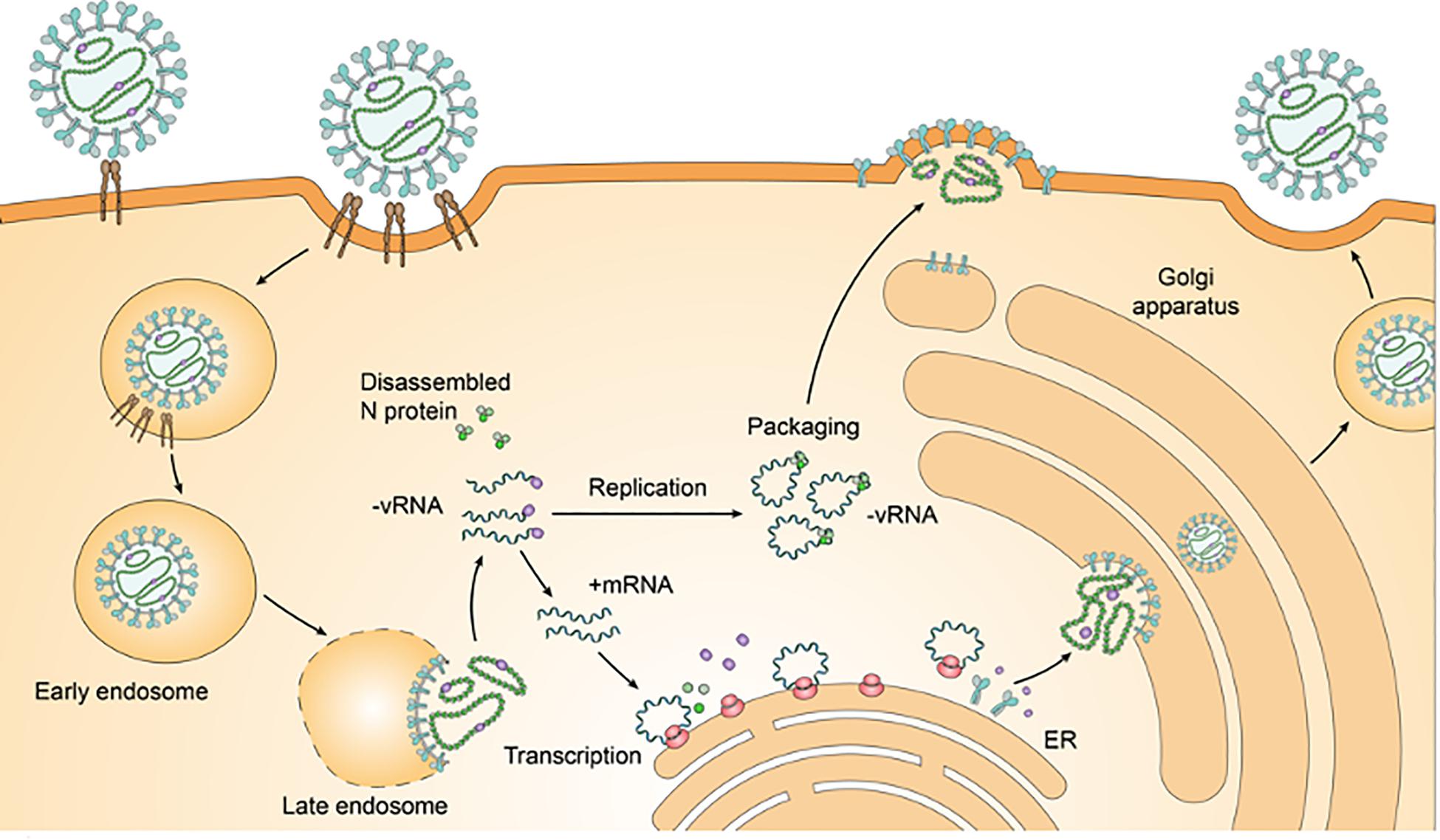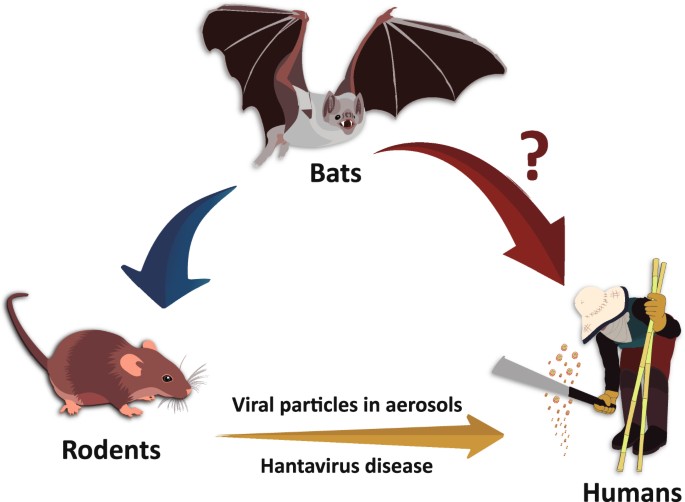In recent years, the term HPS has gained attention due to its potential severity and the unique way it affects human health. Hantavirus Pulmonary Syndrome is a rare but potentially life-threatening illness caused by infection with hantaviruses. While cases are uncommon, understanding this disease is crucial for prevention and early detection. In this article, we will explore what hantavirus infection is, how it spreads, its symptoms, diagnosis, treatment options, and preventive measures.

What Is Hantavirus Pulmonary Syndrome?
Hantavirus Pulmonary Syndrome is a severe respiratory disease caused by infection with certain types of hantaviruses. These viruses are primarily carried by rodents, particularly deer mice, and can be transmitted to humans under specific conditions. The disease was first identified in 1993 in the southwestern United States, where an outbreak occurred among individuals exposed to rodent droppings, urine, or saliva.
The hallmark of this disease is its progression from flu-like symptoms to severe respiratory distress. If left untreated, it can lead to respiratory failure and even death. Despite its rarity, the high mortality rate associated with this condition makes it a significant public health concern.
How Does Hantavirus Spread?
Understanding how hantavirus spreads is essential for minimizing the risk of infection. Unlike many other infectious diseases, hantavirus is not transmitted from person to person. Instead, humans typically contract the virus through contact with infected rodents or their excretions. Here are the primary ways the virus spreads:
- Inhalation of Contaminated Air: When rodent droppings, urine, or saliva dry out, they can release tiny particles into the air. Inhaling these particles is the most common way people become infected.
- Direct Contact with Rodents: Touching live or dead rodents that carry the virus can also lead to infection, especially if there are cuts or breaks in the skin.
- Contaminated Food or Water: Although less common, consuming food or water contaminated by rodent waste can transmit the virus.
It is important to note that urban environments are less likely to harbor the virus compared to rural or semi-rural areas where rodents thrive. Activities such as cleaning barns, sheds, or cabins that have been infested with rodents pose a higher risk of exposure.
Symptoms of Hantavirus Pulmonary Syndrome
The symptoms of hantavirus pulmonary syndrome can be divided into two distinct phases: the early phase and the late phase. Recognizing these symptoms early can significantly improve outcomes.
Early Symptoms
In the initial phase, which usually occurs one to eight weeks after exposure, the symptoms resemble those of the flu. Common signs include:
- Fever
- Fatigue
- Muscle aches, particularly in the thighs, hips, back, and shoulders
- Headaches
- Dizziness
- Chills
- Nausea, vomiting, or diarrhea
Because these symptoms are nonspecific, they are often mistaken for other illnesses, delaying proper diagnosis and treatment.
Late Symptoms
As the disease progresses, it enters a more severe phase characterized by respiratory complications. During this stage, the lungs fill with fluid, leading to difficulty breathing. Additional symptoms include:
- Coughing
- Shortness of breath
- Rapid heart rate
- Low blood pressure
This phase requires immediate medical attention, as it can quickly escalate to respiratory failure.
Diagnosing Hantavirus Pulmonary Syndrome
Diagnosing hantavirus pulmonary syndrome can be challenging due to its resemblance to other respiratory infections. Healthcare providers rely on a combination of clinical evaluation, patient history, and laboratory tests to confirm the diagnosis.
Clinical Evaluation
A healthcare provider will begin by assessing the patient’s symptoms and asking about potential exposure to rodents or their habitats. Individuals who live in or have recently visited rural areas, especially those with known rodent infestations, are at higher risk.
Laboratory Tests
Several laboratory tests are used to detect the presence of the virus:
- Blood Tests: These tests look for antibodies produced by the immune system in response to the virus.
- Polymerase Chain Reaction (PCR): This test detects the genetic material of the virus in blood or tissue samples.
- Chest X-rays: Imaging studies may reveal fluid accumulation in the lungs, a key indicator of the disease.
Early diagnosis is critical for improving survival rates, as timely intervention can prevent the progression to severe respiratory distress.
Treatment Options for Hantavirus Pulmonary Syndrome
Currently, there is no specific antiviral treatment available for hantavirus pulmonary syndrome. Management focuses on supportive care to stabilize the patient and address complications as they arise.
Supportive Care
Patients with severe cases are often hospitalized and may require intensive care. Supportive measures include:
- Oxygen Therapy: Administering supplemental oxygen helps alleviate breathing difficulties.
- Mechanical Ventilation: In critical cases, patients may need assistance from a ventilator to breathe.
- Fluid Management: Balancing fluids and electrolytes is essential to maintain organ function.
Monitoring and Recovery
Close monitoring is necessary during recovery to manage any lingering effects of the illness. Most patients who survive the acute phase recover fully, although recovery can take weeks or months.
Preventing Hantavirus Infection
Prevention is the most effective strategy for reducing the risk of hantavirus pulmonary syndrome. By taking proactive steps, individuals can minimize their exposure to rodents and their excretions.
Rodent Control
Eliminating rodent habitats and preventing infestations are key to reducing the risk of infection. Consider the following measures:
- Seal cracks and gaps in buildings to prevent rodents from entering.
- Store food in rodent-proof containers and clean up spills promptly.
- Dispose of garbage regularly and use tightly sealed trash cans.
- Trim vegetation around homes to reduce hiding spots for rodents.
Safety Precautions During Cleaning
If you suspect rodent activity in your home or workplace, take precautions before cleaning:
- Ventilate the area by opening windows and doors for at least 30 minutes before starting.
- Wear rubber gloves and a mask to avoid direct contact and inhalation of particles.
- Use disinfectants to clean surfaces contaminated by rodent droppings or urine.
- Avoid sweeping or vacuuming, as this can stir up particles into the air.
Educating Communities
Raising awareness about hantavirus and its risks is vital, especially in regions where outbreaks have occurred. Public health campaigns can educate communities on recognizing rodent infestations and implementing preventive measures.
Who Is at Risk?
While anyone can contract hantavirus, certain groups are at higher risk due to increased exposure to rodents:
- Individuals living in rural or semi-rural areas
- Farmers, ranchers, and outdoor workers
- Campers and hikers who frequent wooded or grassy areas
- People involved in cleaning or renovating old buildings
Understanding these risk factors can help individuals take appropriate precautions to protect themselves.
Global Perspective on Hantavirus
Although hantavirus pulmonary syndrome is most commonly reported in North America, similar diseases caused by different strains of hantaviruses exist worldwide. For example, hemorrhagic fever with renal syndrome is prevalent in Europe and Asia. Global collaboration in research and surveillance is essential to better understand and combat these diseases.
Final Thoughts
Hantavirus pulmonary syndrome remains a rare but serious illness that demands attention due to its potential severity. By learning about its transmission, symptoms, and prevention strategies, individuals can take steps to safeguard their health. Continued research and public education efforts are crucial to reducing the impact of this disease on affected communities.





